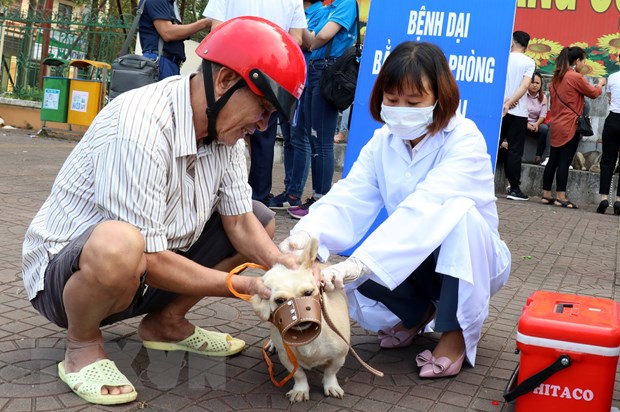
The global economic impact of canine rabies has been estimated by several studies. Asia bears a disproportionate burden of this zoonosis due to high levels of human deaths and rates of post-exposure prophylaxis (PEP), but low investment in preventative dog vaccination. The same factors that cause rabies to burden much of Asia are also present in Viet Nam. As a result, the researchers from the Faculty of Pharmacy, Mahidol University and collaborators conducted the study to estimate the economic burden of canine rabies in a societal perspective including direct and indirect cost of rabies in dogs, livestock, and humans. Using data collected from personal interviews, published literature, published and supplementary reports, and primary data collection, the researchers were able to estimate the economic impact of canine rabies in Viet Nam over a ten year period (2005–2014). General findings from this analysis indicated that over the 10 year study period, the total economic impact of canine rabies was over $719 million USD. The largest portion of impacts (92%) were made up of PEP-related costs. Canine rabies created between 36,560 and 45,700 DALYs (disability adjusted life years), measured in years of life lost (YLL). A total of 914 human deaths were reported over the study period. Deaths/100,000 people were 0.11, which is lower than the reported level for Asian countries. The cost per dog vaccinated was $1.75 USD. Our results indicate that canine rabies impacts in Viet Nam are consistent with the burden elsewhere reported in Asia, with large expenditures on PEP and very small investments in dog vaccination.


|
สงวนลิขสิทธิ์ © 2563 คณะเภสัชศาสตร์ มหาวิทยาลัยมหิดล ออกแบบและพัฒนาโดยงานเทคโนโลยีสารสนเทศฯ คณะเภสัชศาสตร์ ม.มหิดล |

|